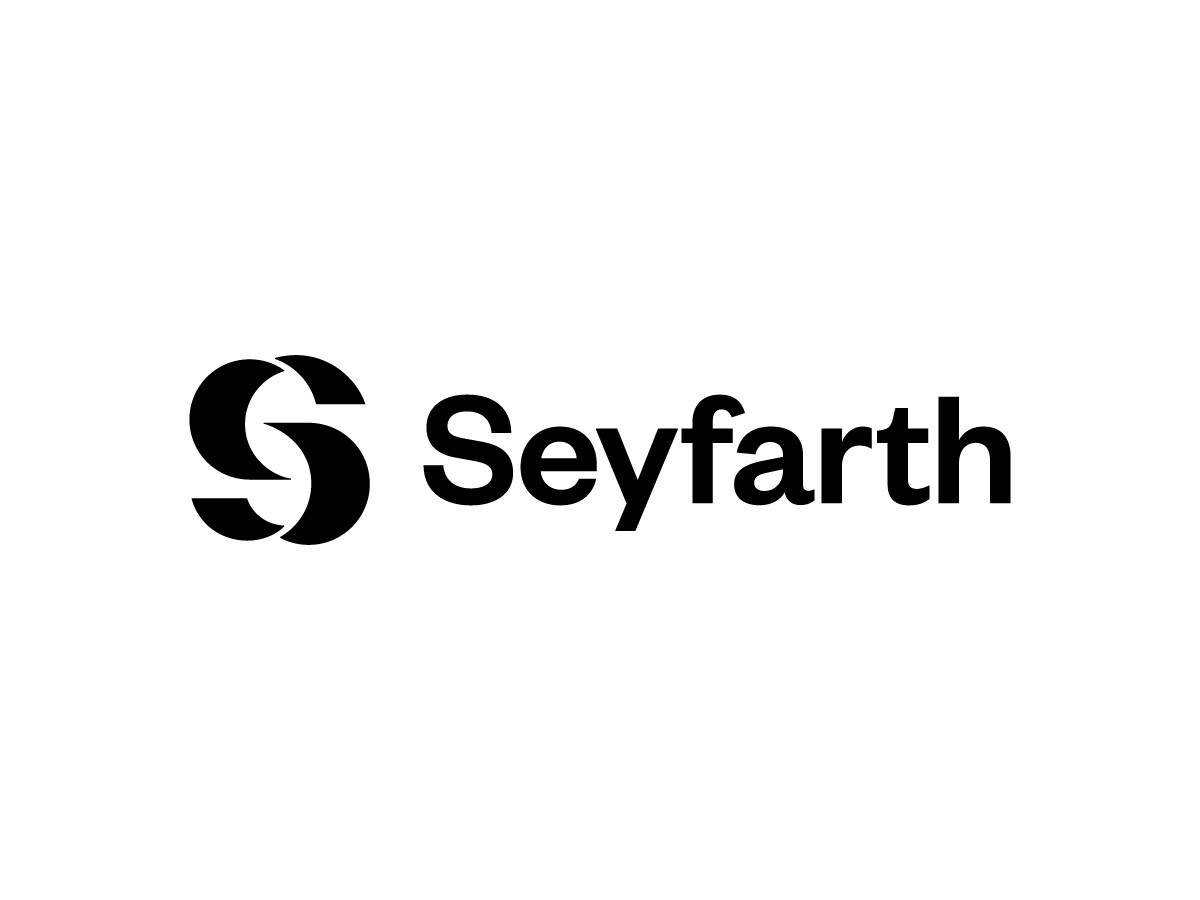Lawmakers Aim a Triple Whammy at American Innovation
“It’s not so much the threats from our rivals but the threats from our own leaders that put us in peril.”
Last week, the Bayh-Dole Coalition held a webinar titled “The Three-Pronged Attack on U.S. Innovation and Intellectual Property.” Before we consider each prong, it’s worthwhile reflecting on a larger point. Each would deal a body blow to American innovation just as we struggle to keep the economy on track. And each would be a self-inflicted wound that must have our foreign rivals shaking their heads at our folly.
Overriding IP Rights Will Not Save Lives
The threats are posed by the pending move to expand the current waiver under the World Trade Organization’s Trade-Related Aspects of Intellectual Property Rights Agreement (TRIPS) so “developing countries,” including India and China, could not only ignore patents protecting our world-leading COVID-19 vaccines, but also anything deemed to be a COVID therapy.
The original waiver was made possible when the Biden Administration signaled that even though this was aimed solely at American innovation (no one’s beating down the doors to copy Russian or Chinese vaccines), the U.S. government wouldn’t object to the giveaway of a critical technology. Now it appears we’re rolling over again at the urging of “Progressive” lawmakers and other critics of the patent system. Even worse, this move opens the door for the same strategy to be used against any energy, environmental or other critical technology our rivals want to copy.
Two other prongs are being simultaneously pushed by Senator Elizabeth Warren (D-MA) and her allies who are pressing the Administration to use the authorities of 28 U.S.C. Section 1498(a) so the government can seize patents protecting important drugs to so they could be copied to lower their price.
They are also bringing all the political pressure they can to bear on the Administration to misuse the march-in provisions of the Bayh-Dole Act so the government could issue licenses to copiers for any drug arising from a federally-funded invention that’s not “reasonably priced.” If that were ever done, it opens the door for the same thing to happen to any other product where someone doesn’t like a product’s price, destroying any confidence entrepreneurs have in working with our universities or federal labs in high stakes partnerships.
There are two things these attacks all have in common: 1) they’re based on the belief that the way to reduce costs is for the government to override patent rights; and 2) they deliberately misuse mechanisms that were intended to spur patent-driven innovation as a ploy to undermine our system.
The Experts Explain
The Bayh-Dole Coalition webinar featured several prominent experts with years of experience in the subject, explaining precisely how our system works and why each attack abuses the authorities they seek to misuse.
The Honorable Susan G. Braden is the retired Chief Judge of the U.S. Court of Federal Claims. She explained that Section 1498(a) was enacted so that contractors working around the clock to create the tools needed to fight and win World War II wouldn’t slow down for fear they might be inadvertently infringing patent rights and be liable for damages. Thus, the law provides a remedy allowing patent owners to seek fair compensation from the government. So, rather than being an open door for the government to take whatever inventions the critics may fancy, the law is narrowly tailored to meet a very specific—and rare—set of circumstances.
Patrick Kilbride, the Vice President for the Global Innovation Policy Center at the U.S. Chamber of Commerce, discussed the pending TRIPS waiver stating: “The important thing about TRIPS is that it’s intended to be a set of minimum standards for the protection of intellectual property rights. That’s actually written into the agreement, that this is a floor, not a ceiling.”
Nevertheless, after more than 25 years, the least developed countries have never met that obligation. What’s particularly ironic is that it was having the security of owning patent rights that allowed companies to produce COVID-19 vaccines in record time. And the certainty of patent ownership allowed them to form alliances around the world that produced so much vaccine that developing countries now have more doses than they can store or administer.
Brian O’Shaughnessy chairs the IP Transactions and Licensing Group at the Dinsmore law firm. He addressed the purpose of march-in rights. He showed the tremendous impact the Bayh-Dole Act has had on American innovation, particularly in the life sciences, where we’ve gone from a follower to the world’s recognized leader in a short period of time. The march-in provision was designed to allow the government to intervene and force a university to issue additional licenses if good faith efforts are not being made to commercialize a federally-funded invention, or if the needs of a national emergency are not being met. They do not give the government the authority to intervene if someone doesn’t like the price of a product.
Jon Soderstrom was the Managing Director of Yale University’s Office of Cooperative Research. He summarized why these combined attacks are so serious:
“The technologies that drove the (COVID-19) vaccines were all developed under the Bayh-Dole Act and licensed to various enterprises. And as Patrick pointed out, Moderna tried the technology on multiple cancers and was failing. In fact, the person who actually was appointed to run Project Warp Speed, who happens to be a friend of mine, Moncef Saloui, did not believe that mRNA vaccines would work. And this is a man who has probably been responsible for 30 vaccines being approved over the course of his career. He absolutely did not believe it, he thought it was a very high risk. And for us to sit back after the fact and say: “Oh, we all knew that that’s what was going to happen” is self-delusional, or for us to now say: “Well, let’s just give that technology away.”
Friends, if we do that, the incentives to invest in the next innovation that will be mandatory to solve the next health crisis that we have will not be there.”
Judge Braden expanded on that thought, adding that the very foundation of our democracy is giving people a stake in the system by protecting their property. “We want them basically to have the ambition and have the opportunity to be able to bring their talents and their ideas to the commercial market. And if the law does not do that, then it serves no purpose in our democracy… It is going to make a heck of a lot of difference about whether we continue to have the economic base to sustain a democracy in this country… It’s that serious.”
O’Shaughnessy brought up another fundamental point, which many politicians have forgotten—or perhaps never knew. It’s no accident that the Founding Fathers put the provision in Article I, Section 8, Clause 8 of our Constitution, which formed the basis for our patent system.
“No other system provided for rights to individual inventors and no other patent system in the world created the protection of having to have disclosure, etc., in exchange for that exclusive right. As a result of that patent system and the foresight of our founders, we have become perhaps the most innovative culture in the history of mankind… Now, the challenge is how do we preserve that system and protect it against what I would call ill-informed attacks?”
The Enemy is Us
That nicely summarizes the current dilemma. It’s not so much the threats from our rivals but the threats from our own leaders that put us in peril.
Years ago, there was a comic strip called “Pogo” in which one character quipped: “We’ve met the enemy and he is us.” That was amusing then. It’s not so funny now.
Image Source: Deposit Photos
Image ID: 27256525
Author: Tribaliumivanka
Joseph Allen
Joe Allen is the President of Joseph Allen & Associates, and is a Featured Contributor on IPWatchdog.com, and a 30-year veteran of national efforts to foster public/private sector commercialization partnerships, […see more]







